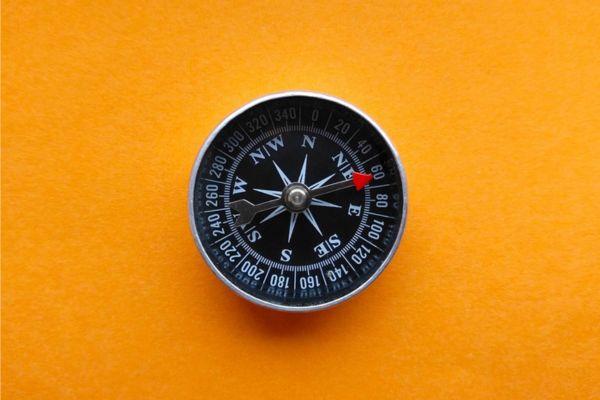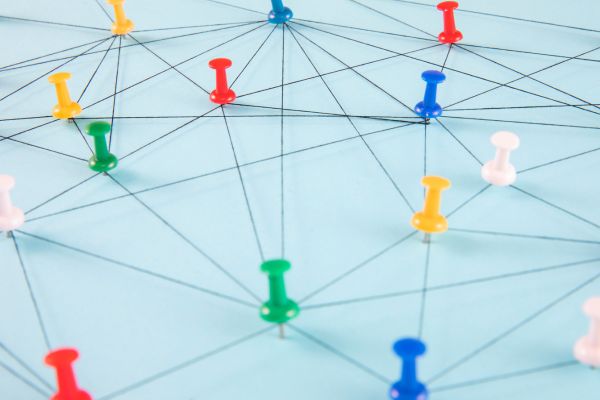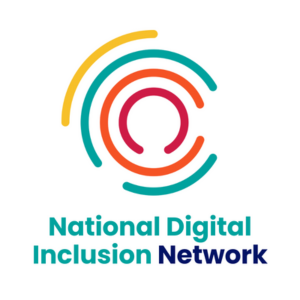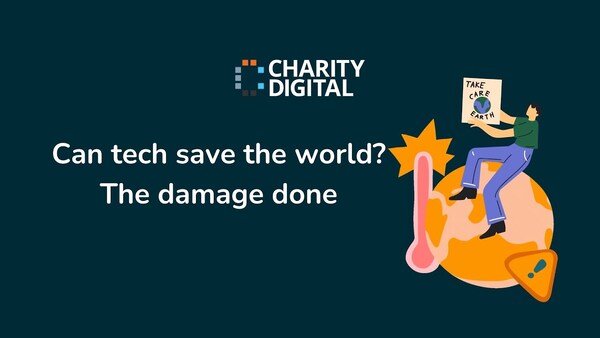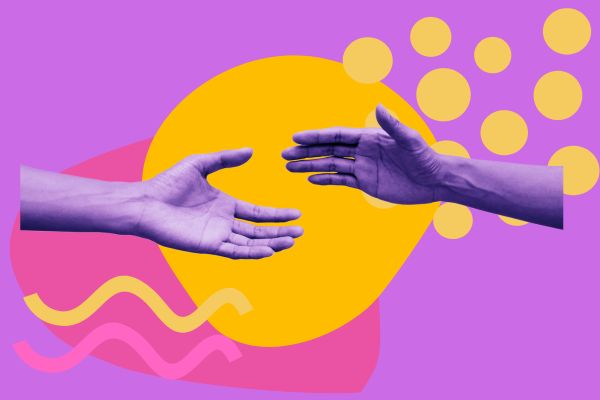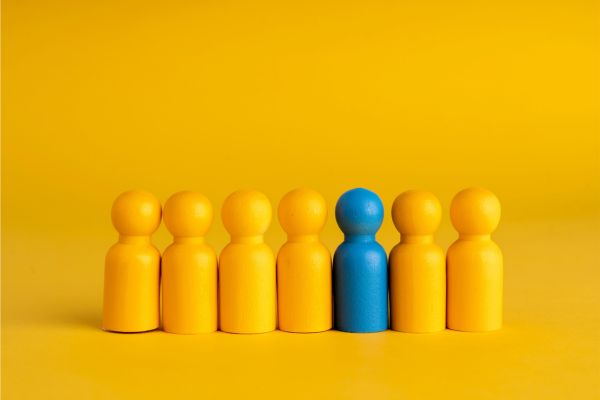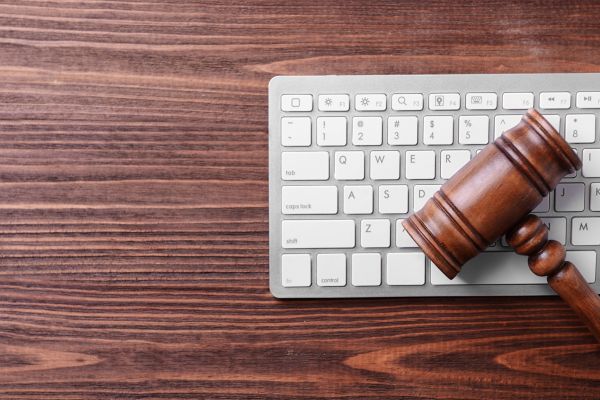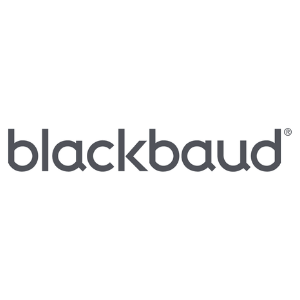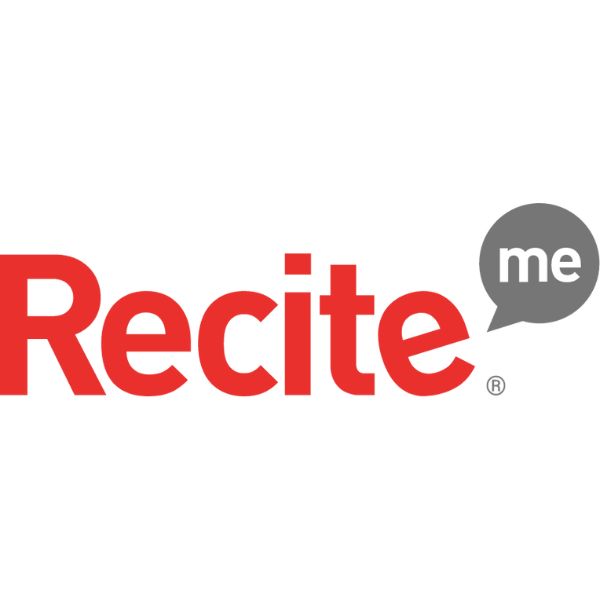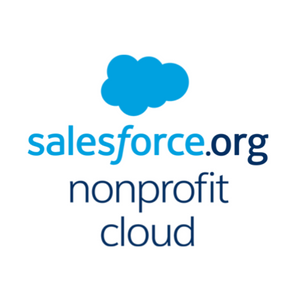Insights
INSIGHTS
All Topics
How RNIB created its ‘sonic logo’
14 Mar 2024by Joe Lepper
We explore how sight loss charity RNIB has developed a ‘sonic identity’ as it looks to ramp up its online accessibility
Click to listen to articleplay_arrow05:44
Online accessibility is vital for charities to ensure they can appeal to as wide a range of users as possible. This should ensure there are no barriers based on ability and provide engaging content – for people with sight or hearing loss, for example.
Among charities paying close attention to their online accessibility in recent years is sight loss charity Royal National Institute of Blind People (RNIB). In December 2023 this stepped up a gear with the charity’s creation of a ‘sonic logo’ so that those with sight loss can immediately recognise the charity online by sound, rather than visual branding.
Here we explain how the RNIB developed its sonic identity and lessons charities can learn.
RNIB’s sonic identity
The RNIB’s sonic identity includes a sonic logo as well as a “suite of brand sounds”.
These involve a four second logo sound based around a piano and chorus of people speaking the charity’s initials. According to the charity this is designed to “stick in listeners’ heads and be instantly recognisable to service users.
To help create this innovative logo, the charity drafted in sound design firm Molecular, which has worked for among others the Premier League and Disney+.
Another key aspect of the four second clip is that those in the chorus all have sight conditions, giving it authenticity.
According to the charity from the end of 2023 “listeners will begin hearing the new sonic identity in various forms in the coming months in corporate communications, including in RNIB Helpline hold music, in branded video content, and at events”.
“It consists of a variety of tones that can be mixed to create either upbeat, downbeat, or neutral vibes,” it adds.
Among its uses will be on the RNIB’s Connect Radio as well as via its website.
“We wanted to make sure our brand was completely accessible to people with sight loss, which is why we felt so passionately about creating a sonic identity,” said RNIB Director Martin Wingfield.
“Whether someone is listening to RNIB Connect Radio, watching a video, or using one of our audiobooks – we want them to immediately know that it’s coming from RNIB – whether that’s using sound or sight.
“Making brands accessible doesn’t have to be hard work, and our hope is that many other brands will now follow suit.”
How charities can improve web accessibility
RNIB’s sonic identity is part of a range of measures charities can deploy to ensure their web pages are accessible to all. Below we look at some of the best options for charities.
Contrasting colours
Colour contrast is important on web pages for people with sight issues, including eyesight loss or colour blindness. Charities are urged to ensure there is strong contrast between text, logos, and backdrops.
Heading structure
Headings are like the index of a book and help users more easily find information on a website. Digital accessibility experts A11Y Project recommend charities use hierarchical structure, ranking them from most important to the least important.
Clear navigation
Across webpages navigation needs to be clear so that users can quickly and easily find the information they are looking for, such as how to donate to a charity. This involves using clear and descriptive buttons.
Alt text and captions
Alt text is a brief description of an image that can be read by screen readers and other assistive technologies to make it easier for users with sight loss to understand what the image is showing and its place on the webpage.
These can be used by adding descriptive text in the “alt” attribute of the HTML image tag. This should be concise, accurate, and convey what users need to know about an image.
Video and audio content should include captions and transcripts to help those with hearing impairments understand this content.
According to the University of Dundee, which displays all its videos using a transcript, a good video transcript should use more than just speech and clearly identify non-speech sounds such as laughter and silence, using square brackets.
It points out that most video tools let content creators generate both subtitles and transcripts but these may need to be manually corrected to remove errors.
Test a website’s accessibility
All charities are able to assess the accessibility of their website and find out where it can improve by using tools such as the A11Y Accessibility checklist. Another is the WAVE web accessibility evaluation tool.
The international standard for web accessibility is the Web Content Accessibility Guidelines (WCAG). Its website includes a section on how to meet its latest guidelines.
WCAG is regularly updated and based around four key principles that websites should be perceivable, operable, understandable, and robust. These guidelines are focused on how people interact with content, such as whether they use a keyboard or mouse to navigate around a site or deploy a screen reader to read out content.
Find out more
Our 2024 Digital Inclusion Summit revealed how charities can help can make the digital world a safer, happier, more inclusive place, from improving access to digital devices to demystifying cyber security. Click here to watch the session recordings for free.
Our report, ‘Digital inclusion in the UK charity sector’, uncovers charity practitioners’ attitudes towards digital inclusion, including the challenges charities face in reaching out to service users and how they are making the most of the digital technology they use. Click the link in the orange box below to download the report.
Our Digital Inclusion Hub features regular articles, podcasts, and webinars to help charities reach across the digital divide. Click here to learn more.
Report: Digital inclusion in the UK charity sector
Joe Lepper
More on this topic
Recommended Products
Featured Products
Related Videos
Our Events
Charity Digital Academy
Our courses aim, in just three hours, to enhance soft skills and hard skills, boost your knowledge of finance and artificial intelligence, and supercharge your digital capabilities. Check out some of the incredible options by clicking here.




